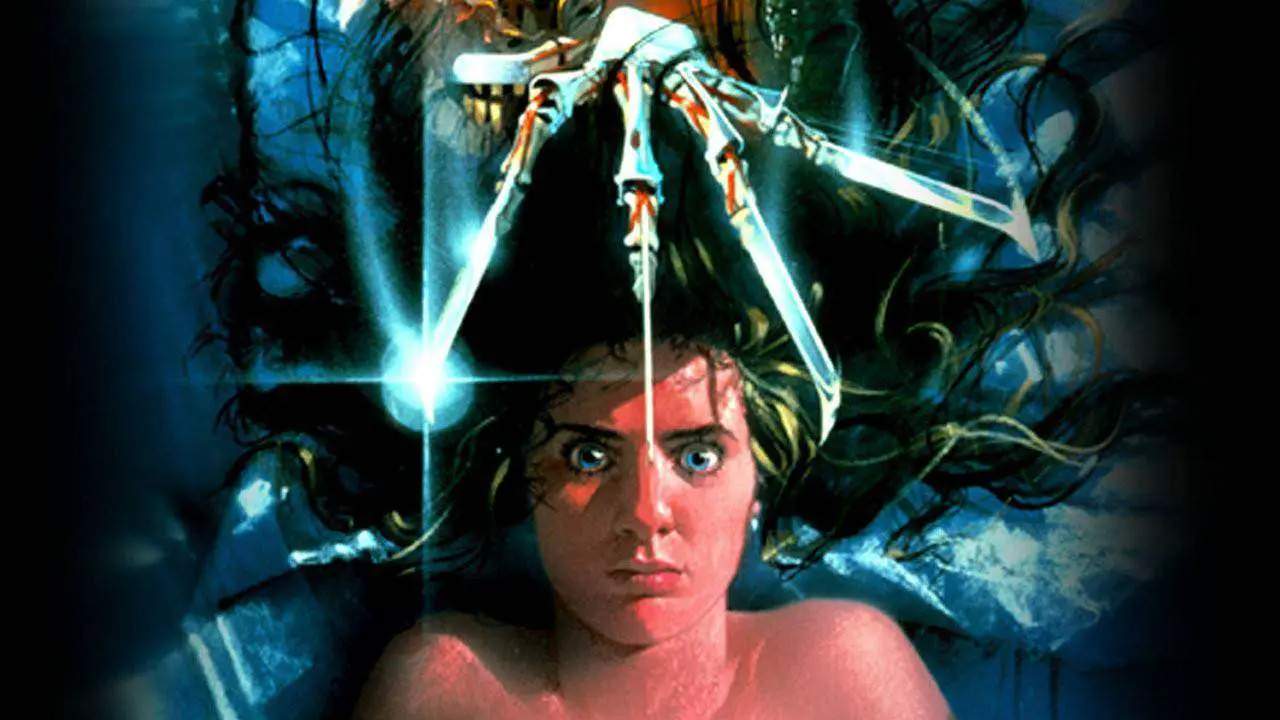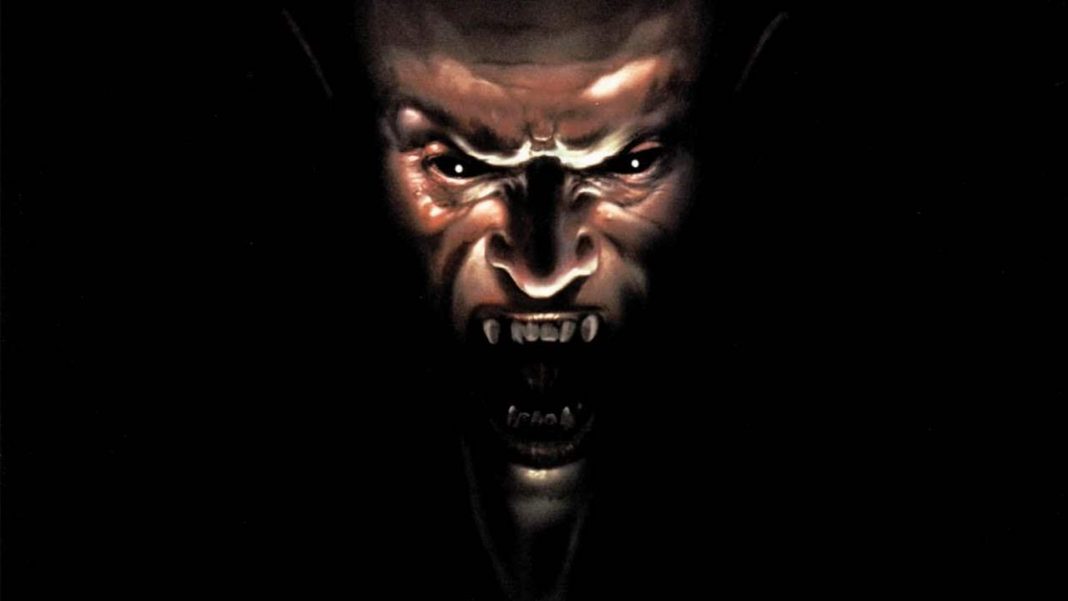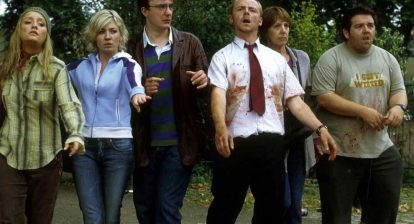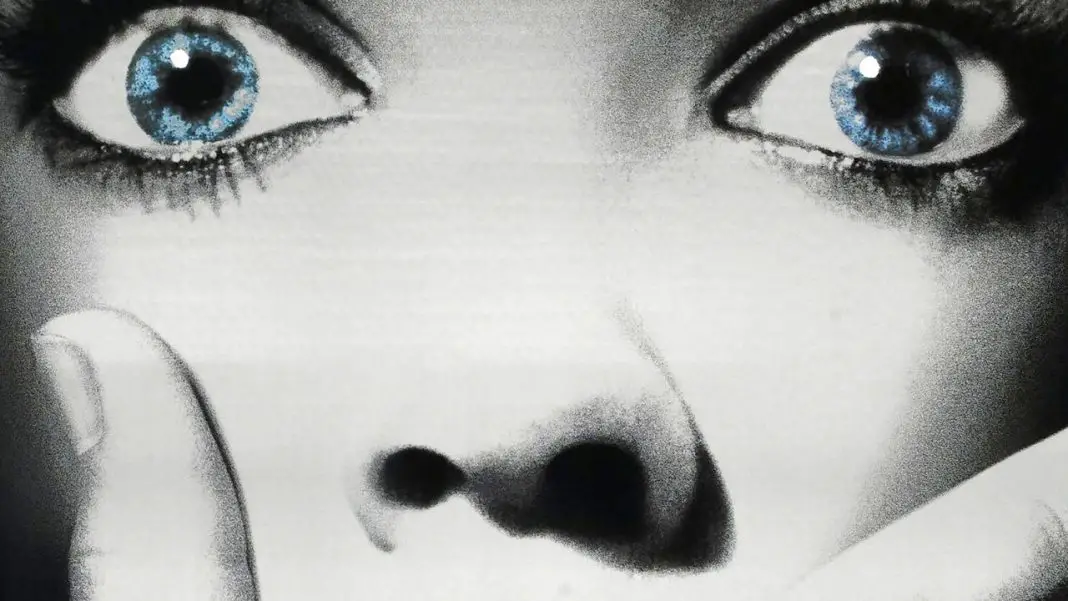Kathryn Bigelow’s Near Dark is a horror movie about family. That does not make it a family horror movie, mind you. But its center focus is on the structure of the modern family dynamic. The protagonist Caleb is, at the beginning, pretty content with his place and his surroundings. He has a loving father and a loving sister. They work on a ranch and they all pull their own weight. He seems to have everything he needs right at home. That is until he goes out one night and meets Mae.
He is completely fascinated by this girl and is immediately drawn to her mysterious qualities. She doesn’t tell too much about herself and everything she does say makes him all the more interested. Caleb eventually follows her into her world and quickly gets more than he bargained for. She turns him into a vampire and he is introduced into her clan, which bears some parallels to his own and at the same time some polar opposites.
The vampire clan in Near Dark is a family, beyond any doubt, and that is something rarely seen in films about bloodsuckers. Normally they’re either in it for themselves or they adopt something of a hive mentality. But these people are a close-knit group that protect and even love each other. They are cruel, naturally, and even psychotic but that does not make their feelings for their group as a whole any less genuine.

This makes him a very conflicted character, as he has a man’s mind but is trapped inside the body of a boy. It also makes his romantic interest toward Caleb’s little sister all the more unnerving. But in some ways even that makes sense here. Homer is trying to fulfill the role of child by taking an interest in a child.
Normally, the sort of dynamic present between the vampires in Near Dark would be known as a found family, which is a term for a group of people that consider themselves family but are not bound together by blood. In the movie’s case, that is not entirely true. These people are bound by blood.
 It’s not traditional, but it is blood that forms the bond between them. Who made whom into a vampire and when; these questions are never totally discussed. They hang in the air in order to leave the viewer guessing. There’s no telling which of them is truly the oldest and which is truly the youngest. Except for Caleb, of course.
It’s not traditional, but it is blood that forms the bond between them. Who made whom into a vampire and when; these questions are never totally discussed. They hang in the air in order to leave the viewer guessing. There’s no telling which of them is truly the oldest and which is truly the youngest. Except for Caleb, of course.
Caleb’s reactions to the family dynamic moves in circles. At first, he is unnerved and uncomfortable by not only their cruel and supernatural nature but simply the way they interact with each other and with him. As he spends a little bit more time with them, he becomes fascinated by this dynamic.
He wants to know each and every one of them. Who they are and where they come from, how far back they really go, etc. Unfortunately, each family has their own set of rules and Caleb finds that he cannot do the things they expect him to do in order to be one of them. Namely: he cannot take a life.
 Even though Caleb is becoming a vampire, he doesn’t feel or act like one. This is a very conscious decision on his part, of course, as he is trying to hold onto his family. The more he begins to feel like a vampire, the more he wishes he was reunited with his actual family unit. Yet that doesn’t stop him from being fascinated by the other vampires and the things they have done. In some ways, Caleb’s keen interest in their habits is a form of exoticism. In other ways he is simply using his questioning of their customs to come to terms with what is happening to himself.
Even though Caleb is becoming a vampire, he doesn’t feel or act like one. This is a very conscious decision on his part, of course, as he is trying to hold onto his family. The more he begins to feel like a vampire, the more he wishes he was reunited with his actual family unit. Yet that doesn’t stop him from being fascinated by the other vampires and the things they have done. In some ways, Caleb’s keen interest in their habits is a form of exoticism. In other ways he is simply using his questioning of their customs to come to terms with what is happening to himself.
Realizing that he cannot take a life and therefore cannot become a part of this family, Caleb returns to his own. But the vampires are naturally not willing to let one of their own get away, even if they have no intention of accepting him. This almost makes them a more traditional family in some respects. Here, blood is blood and because he shares their blood they have to either take him in or take him out.
Near Dark is one of the best vampire movies of the 1980’s, if not all time. It explores numerous themes and balances them out with genuine, sincere characters. At the same time, it explores the very concept of the family dynamic and family structure, both traditional or nontraditional. It presents a family that you can enter without being born into, yet the initiation process can be seen as a birth in itself. This is one of the best features to point out the contradictory nature of vampires and the way their interactions and relationships might change down through the centuries.







